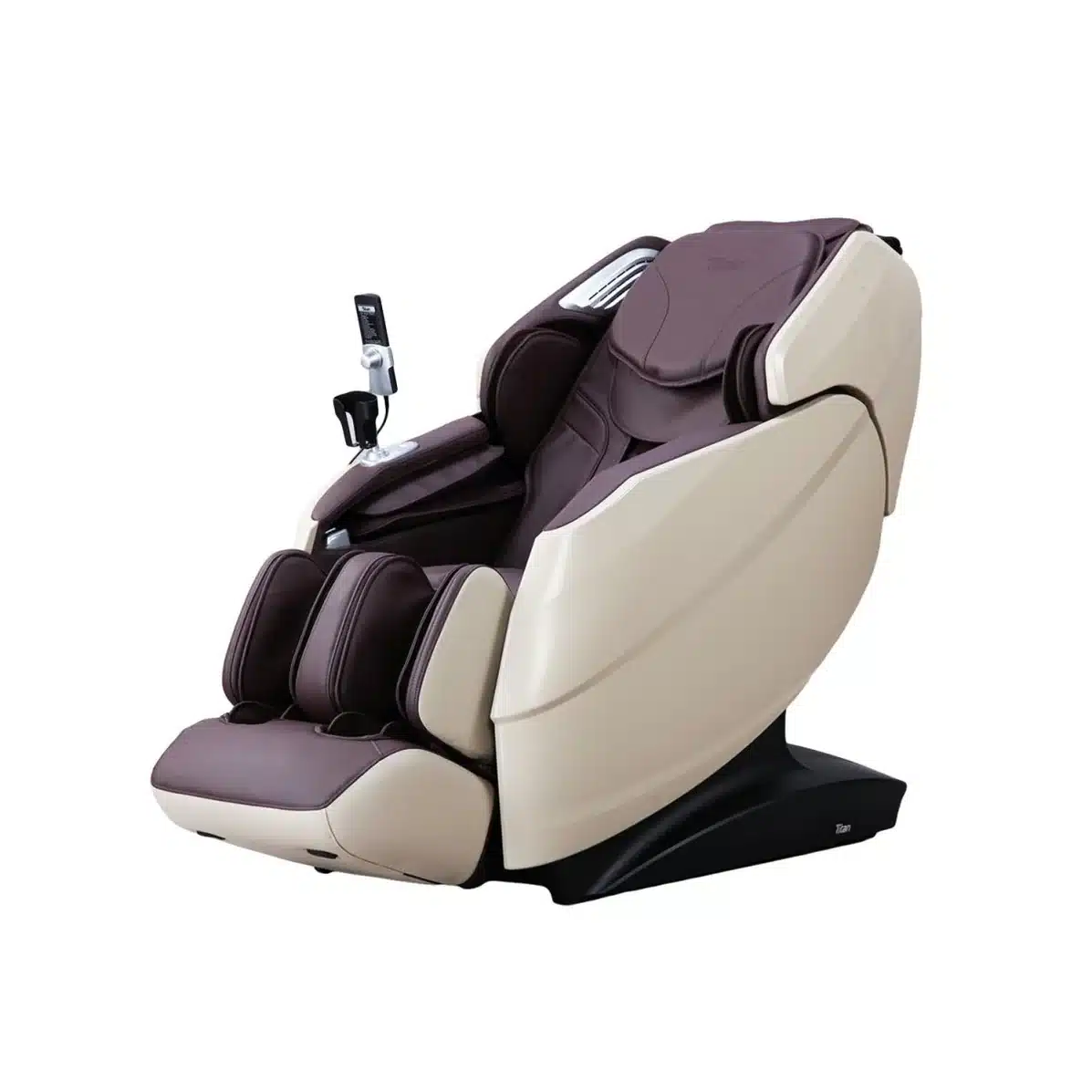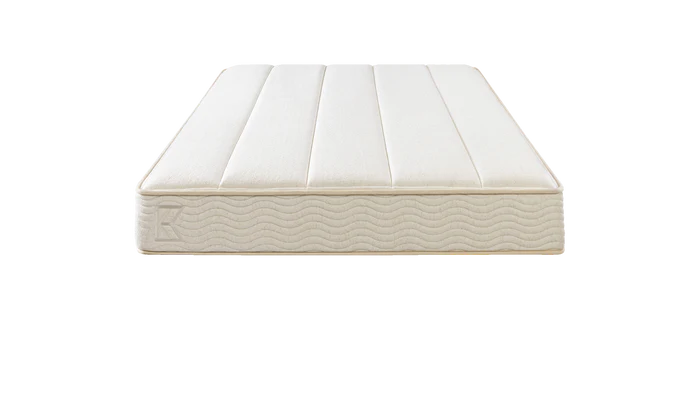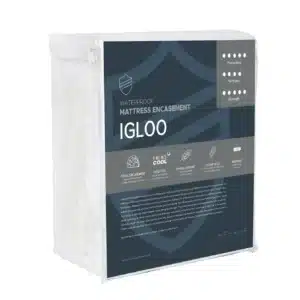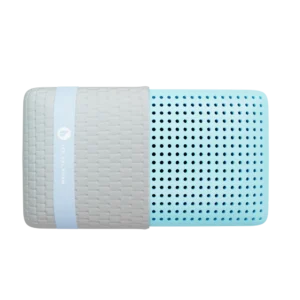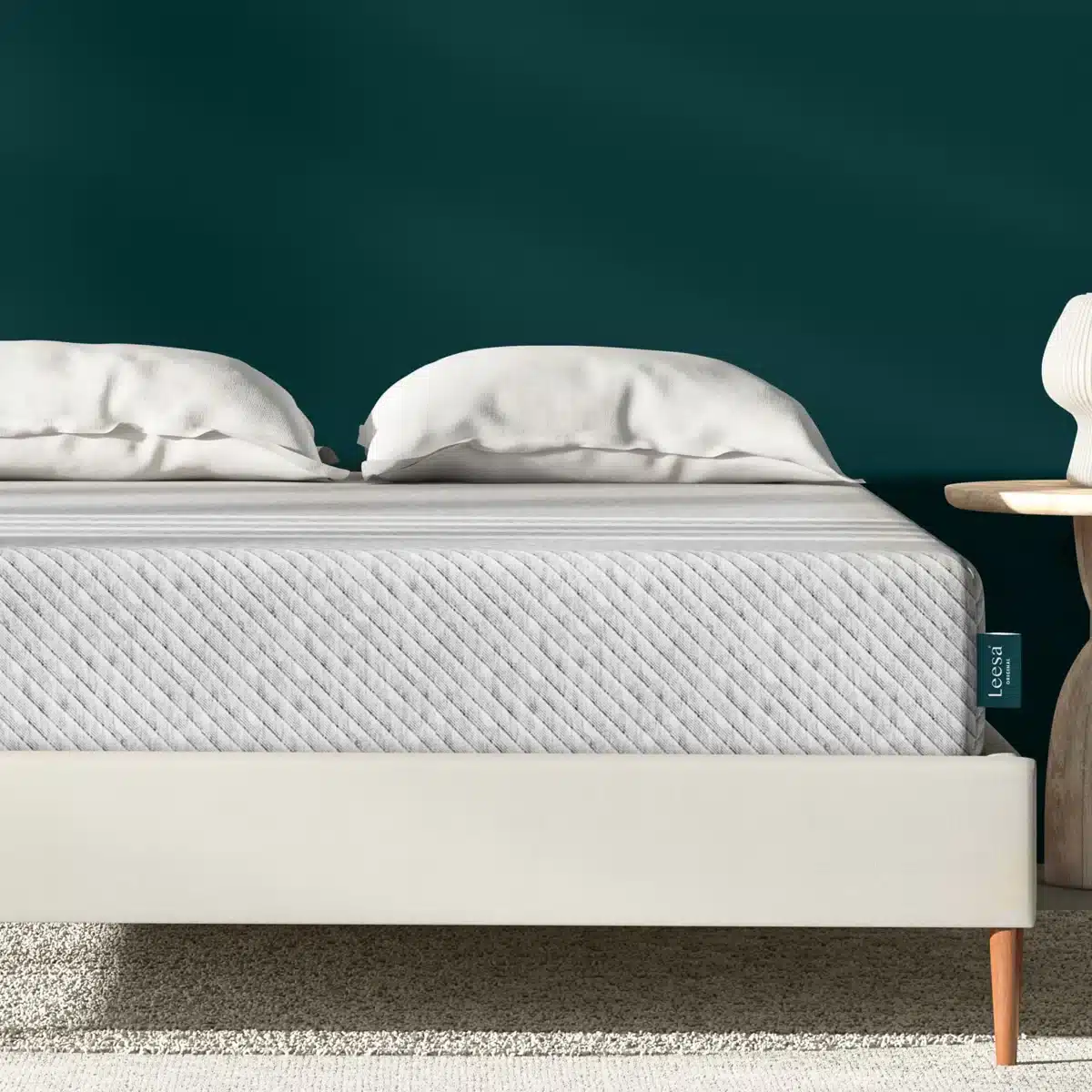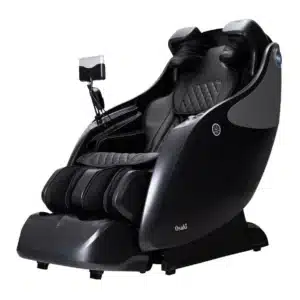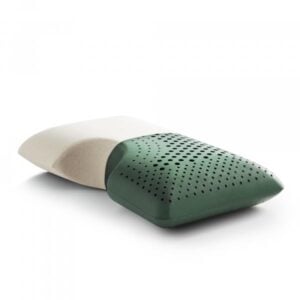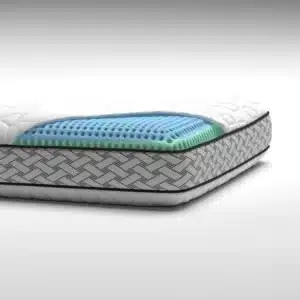We all know that the general advice is that technology and sleep don’t mix. Don’t watch TV right before bed, limit your use of smartphone too close to your bedtime. Blue light from screens has been proven to suppress melatonin, a hormone secreted by the pineal gland that helps regulate our biological rhythm, including sleep and wake cycles. Too much time on your phone can also lead to highly undesirable parasomnias like sleep texting.
But what if the right kind of technology can actually help you sleep?
In the recent years, the sleep technology sector has boomed, with companies offering high tech devices that promise to help us become aware of our sleep habits and even improve them. In fact, in the last two years, sleep technology has been one of the biggest trends at CES (Consumer Electronics Show), the world’s biggest electronics show. This year, the sleep tech section at CES has grown by 22% compared to 2018. According to Center for Disease Control and Prevention, one third of American adults do not get enough sleep. Perhaps technology will provide the long awaited solution to this nation-wide sleep problem.
One noticeable trend this year is the rise in devices that not only track your sleep patterns but also do something about it. Another trend is the rise in devices that use specifically EEG sensing to monitor your brain activity and help you improve your sleep based on that data.
Here is an overview of the most prominent and advanced types of sleep tech devices to help you begin to navigate the world of sleep technology and hopefully decide which ones may be right for you.
Smart sleep masks
Smart masks do much more than simply block the light. As the name suggests, they go over your eyes, but being smart they also help you track your sleep habits and improve them using various technologies.
Dreamlight smart mask uses light and sound to help you sleep better. The mask is made of foam, it wraps around your head and is secured with a velcro. It comes with embedded speakers that play relaxing sounds or guided vocal hypnosis to help you relax, and activates internal warm orange pulsing light “to promote mindfulness via deep breathing practice”.The masks can also act as an alarm clock, waking you up with soft green light which is better for you than waking up with an alarm. The masks also tracks and analyzes your sleep patterns and stores these data on an app that can be accessed from your smartphone.
Some smart masks also promise to help you reduce snoring. The Snore Circle mask identifies snoring using advanced bone conduction and sound recognition technologies. It then triggers a reaction in your brain that makes you tighten your muscles and open your airway.
Smart headbands
Smart headbands act in many ways like smart sleep masks, in that they track your sleep and help you improve it using specific technologies. But they can sometimes have additional functions.
Muse has just revealed a sleep meditation headband. It is a soft headband (actually called Softband) that sits on your head and plays guided meditation to help you fall asleep. It can also detect when you’re asleep and can turn itself off. It uses brain sensors throughout the night to monitor your sleep patterns and provides a report in an accompanying app.
Philips’ SmartSleep Deep Sleep headband introduced at this year’s CES has a built-in sensor that monitors your sleep patterns, detects when you have entered the slow-wave sleep (deep sleep) stage and emits special sounds during this stage to boost slow waves. According to Philips, SmartSleep Deep Sleep headband has been clinically proven to help increase sleep quality and increase energy during the day.
Temperature Controlling devices
Some devices aim to improve your sleep by maintaining the optimal temperature for quality sleep, which is typically in the range of 60-67 degrees. One such device is Ooler, a temperature control system made by Kryo Inc. It consists of three parts: a water-based cooling control unit, a hydro layer and the mattress cover. The system can be controlled via a smartphone app and allows you to set your own temperature schedule for the night, including waking up by gently warming up the temperature.
Moona is another temperature regulating device, specifically a temperature regulating pillow pad that is designed to fit into any pillow. It consists of a small water tank that sits on the bedside table and a pillow insert, and works by actively cooling down the water flowing through the pad throughout the night. As with Ooler, you can set it to wake you up by gently increasing the temperature.
Smart Sleep Systems
If you want it all in one, but without having to wear anything, there is that option too. Magniflex’s advanced MagniSmartech sleep system includes the mattress, the bed and the base, but it is much more than simply an adjustable bed. It comes with a sensor technology and is able to track your sleeping patterns and body stats such as heart rate, body temperature and respiratory rhythm. It also has an anti-snoring feature, and uses color therapy LED lights to help you relax. You can set it to wake you up either by vibrating, sitting you up gently, or turning on the color therapy lights. The mattress used by this system is MagniStretch mattress which is certified by the American Chiropractic Association. The mattress is said to be made in such a way as to help your spine stretch increasing the spaces between each vertebra. It also regulates your temperature with the help of the Outlast® cover originally developed by NASA. The smart bed activates when it feels someone in bed so you don’t have to use an app to turn it on.
Smart lights
Smart lights might not technically fall under sleep tech, but since it is well known that light can make or break your sleep, it is worth including them here. The kind of light that we’re exposed to during the day and right before bed either helps or hinders our circadian rhythms. Smart lights can help your artificial light work for you and create the right kind of lightning for relaxation without much effort.
Philips Hue smart lights are controlled by an accompanied Hue app from your phone or a smart home device like Google Home or Amazon Echo. You can choose the colour and brightness to help you relax in the evening and set a schedule to turn it off at a particular time. You can also set the light to gently fade in when it’s time for wake up, again possibly replacing your alarm clock.
Other devices
There are also devices that aim to improve your sleep that do not fall neatly into any category.
Smart Nora is a device that promises to help you with snoring. It consists or a microphone that is placed on the wall or headboard above your head, and a pillow insert. Whenever the microphone detects early snoring sounds, the air-inflated pillow insert is automatically moved to adjust the position of the head and interrupt the snoring.
Aromarest is a lamp, diffuser and white-noise machine all in one. It can be configured to emit the scent of lavender at bedtime which has been proven to help you relax, play soothing sounds, and simulate sunset and sunrise.
Dodow is a saucer shaped device developed by insomniacs to help people who suffer from insomnia. It sits on your bedside table and projects light onto the ceiling, encouraging you to synchronize your breathing rhythm to the light, inhaling when the beam expands and exhaling when it retracts. The rhythmic breathing is said to stimulate your baroreflex and help you relax and fall asleep within 8 minutes.







